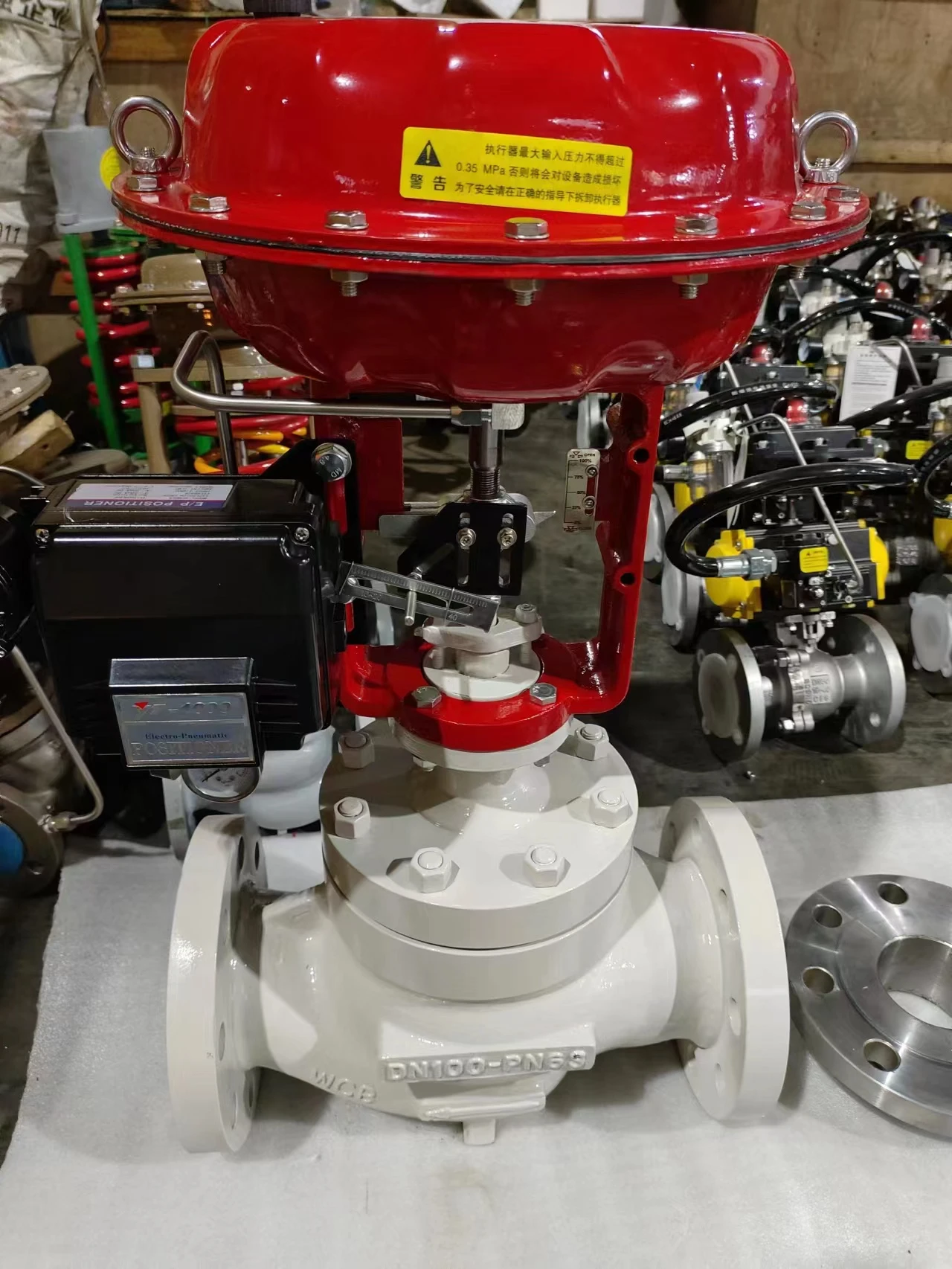rubber joint pipe
Understanding Rubber Joint Pipes A Comprehensive Overview
Rubber joint pipes, often referred to as flexible rubber joints, play a crucial role in modern piping systems across various industries. These specialized components are designed to connect two sections of piping while allowing for flexibility, absorption of vibrations, and a degree of misalignment. Their unique properties make them indispensable in applications ranging from wastewater treatment to HVAC systems.
One of the primary advantages of rubber joint pipes is their inherent flexibility. Unlike rigid pipe systems, rubber joints can accommodate expansion and contraction due to temperature changes, thereby preventing stress on the overall piping structure. This adaptability helps in reducing the risk of leaks and potential damage that could arise from thermal expansion or ground movement.
The design of a rubber joint pipe typically includes a central rubber body that is reinforced with fabric or steel rings, ensuring durability and strength. The outer layers are often made of weather-resistant materials, making them suitable for both indoor and outdoor applications. This construction provides not only flexibility but also a high level of resilience against various environmental factors.
Rubber joint pipes are also renowned for their ability to absorb vibrations and noise. In industrial settings, machinery and equipment can generate significant vibrations that may lead to structural damage or degradation over time. By utilizing rubber joints, businesses can mitigate these effects, leading to longer-lasting piping systems and a quieter working environment.
rubber joint pipe

Installation of rubber joint pipes is generally straightforward, which can significantly reduce downtime during construction or repairs. They can easily be integrated into existing piping systems without the need for extensive modifications. This convenience makes them an attractive option for engineers and project managers aiming to optimize efficiency and reduce costs.
Moreover, rubber joints are available in various sizes and configurations, allowing them to meet the specific needs of diverse applications. Whether it’s a small-scale residential plumbing project or a large industrial installation, there is a rubber joint solution available to accommodate a range of requirements.
However, while rubber joint pipes offer numerous benefits, it’s crucial to ensure they are properly selected and installed to achieve optimal performance. Factors such as the type of fluid being transported, pressure ratings, and the surrounding environmental conditions should all be considered. Regular maintenance and inspections are also essential to ensure that the rubber joints remain in good condition and continue to perform effectively.
In conclusion, rubber joint pipes are a vital component of contemporary piping systems. Their flexibility, vibration absorption capabilities, ease of installation, and versatility make them an excellent choice for various applications. As industries continue to evolve and innovate, the importance of reliable and efficient piping solutions will only grow, solidifying the role of rubber joint pipes in future infrastructure development.
-
3-types-of-check-valves-maintenance-tipsNewsAug.23,2025
-
ball-valves-types-with-trunnion-mounted-designNewsAug.23,2025
-
butterfly-valve-company-production-capabilitiesNewsAug.23,2025
-
fisher-globe-valve-technical-specificationsNewsAug.23,2025
-
types-of-gaskets-for-flanges-selection-guideNewsAug.23,2025
-
wedge-gate-valve-suppliers-quality-standardsNewsAug.23,2025
-
Breakthrough in Domestic Low Temperature Valve Technology in ChinaNewsAug.18,2025




